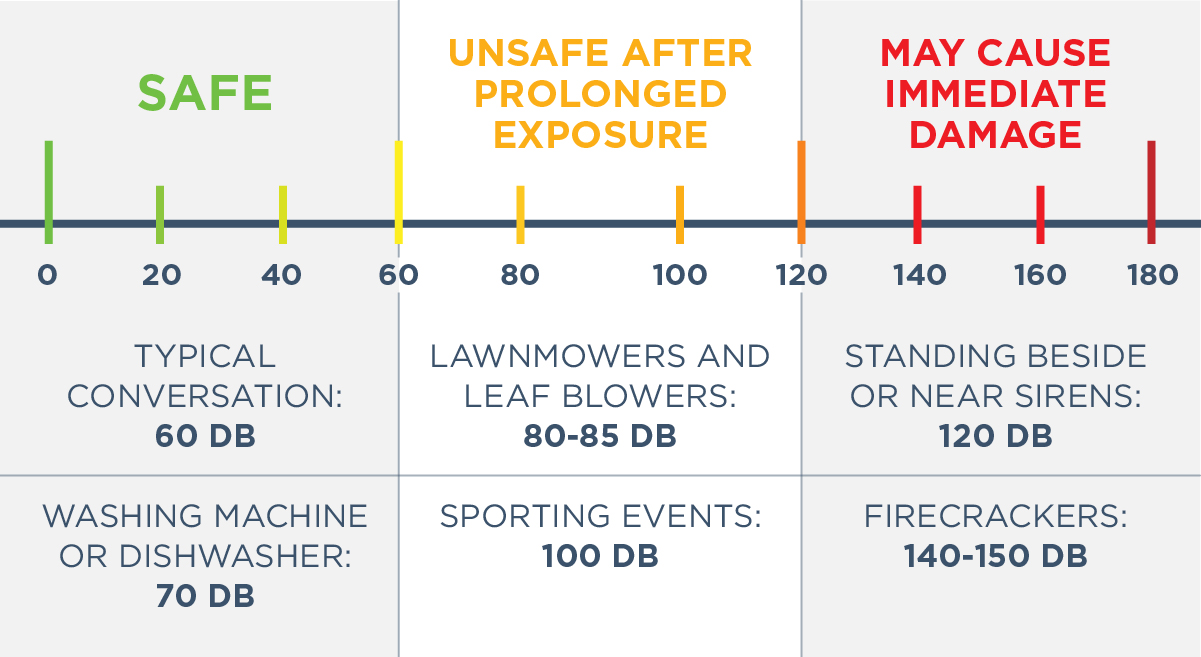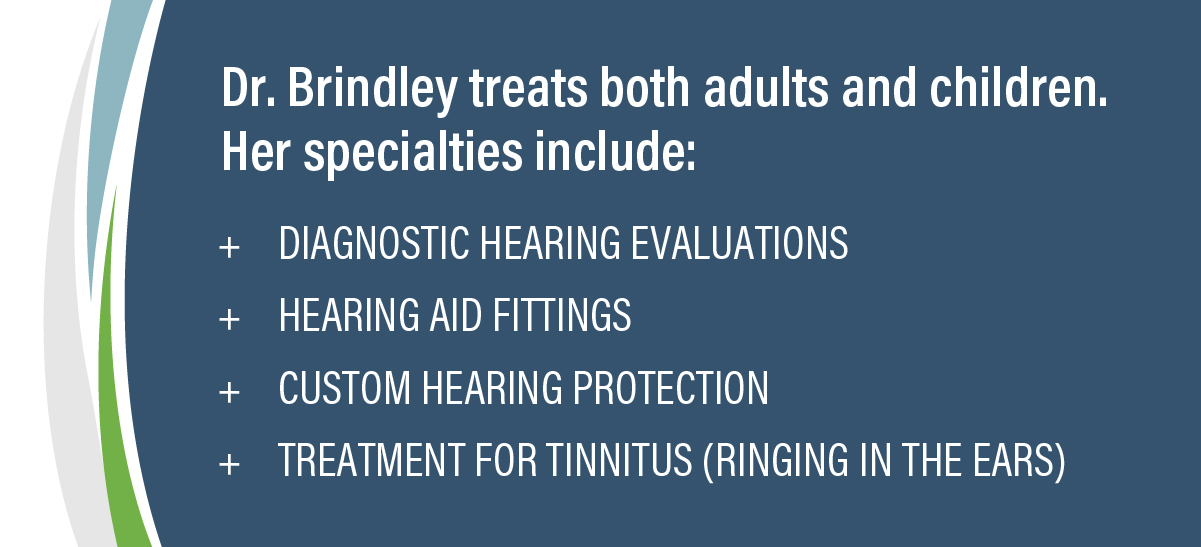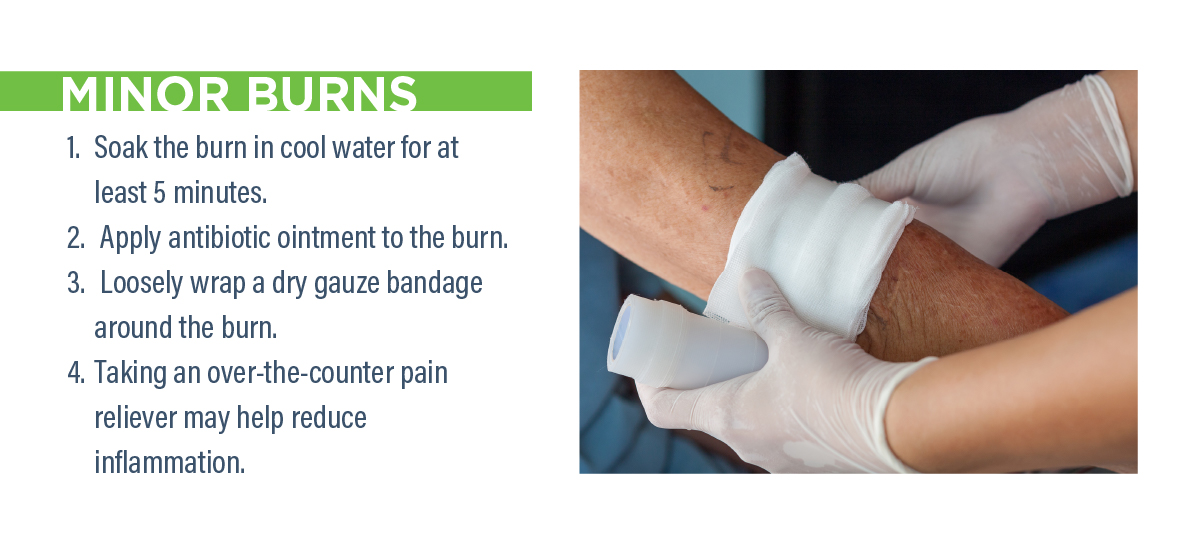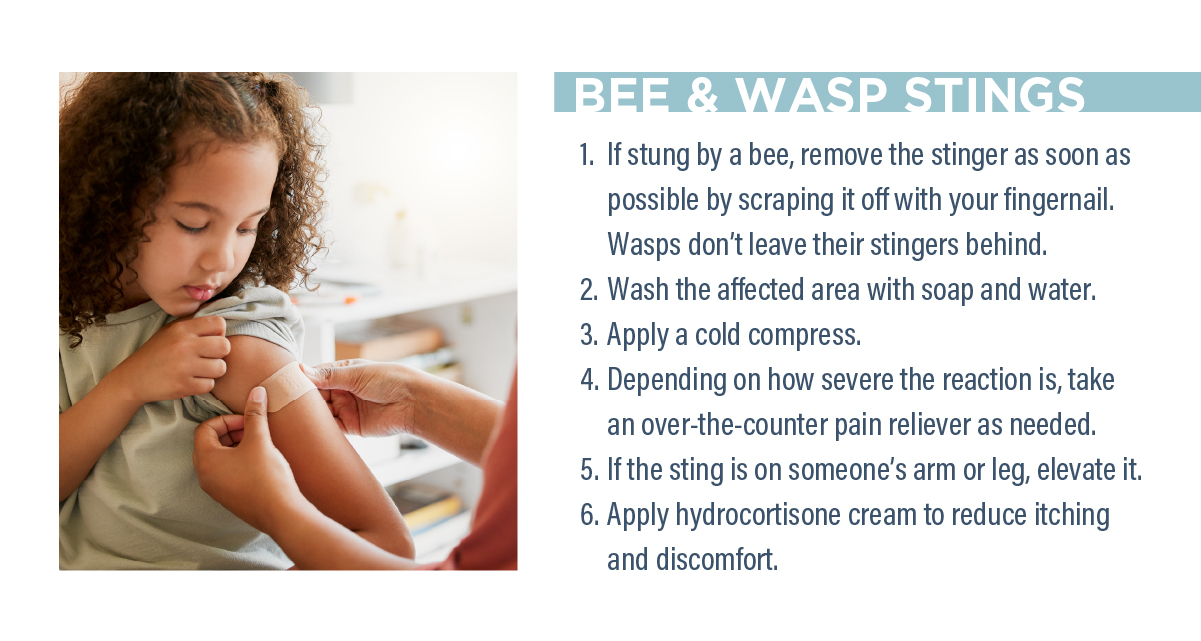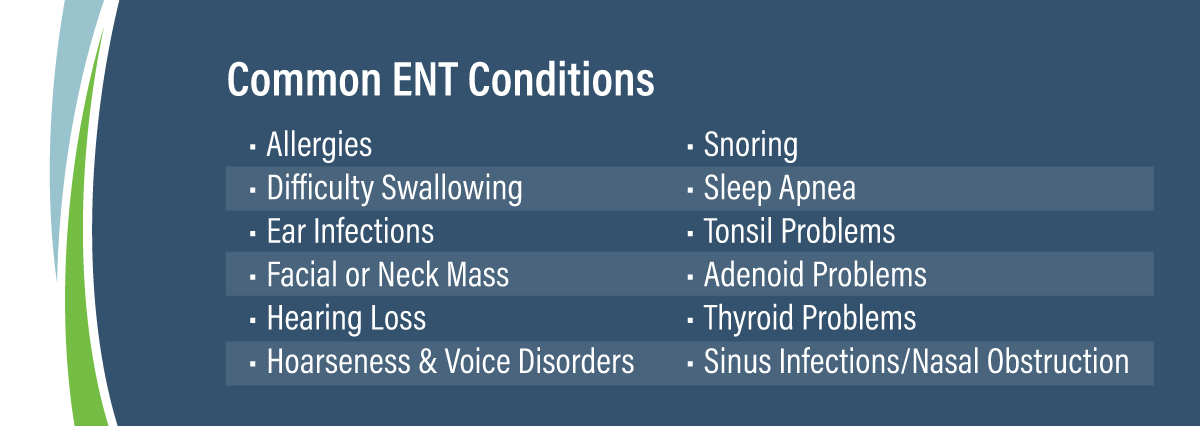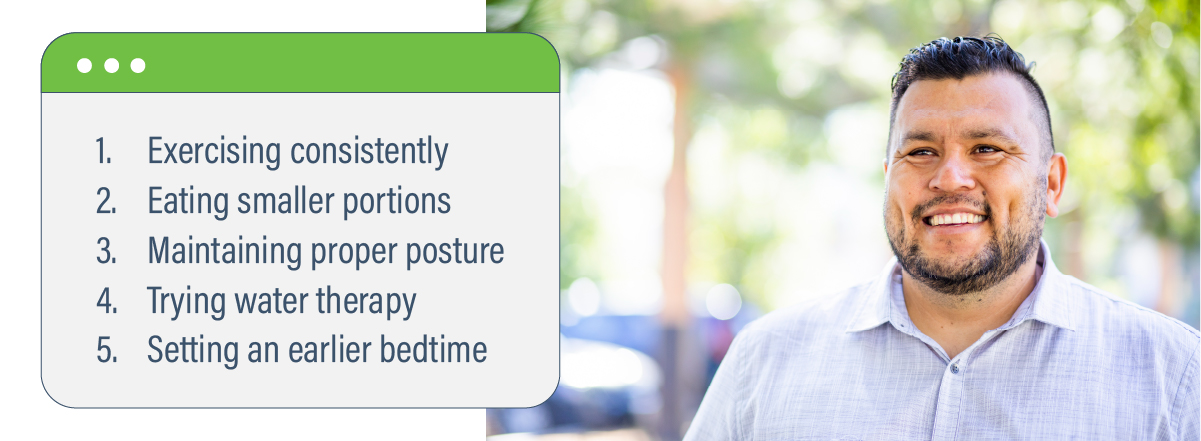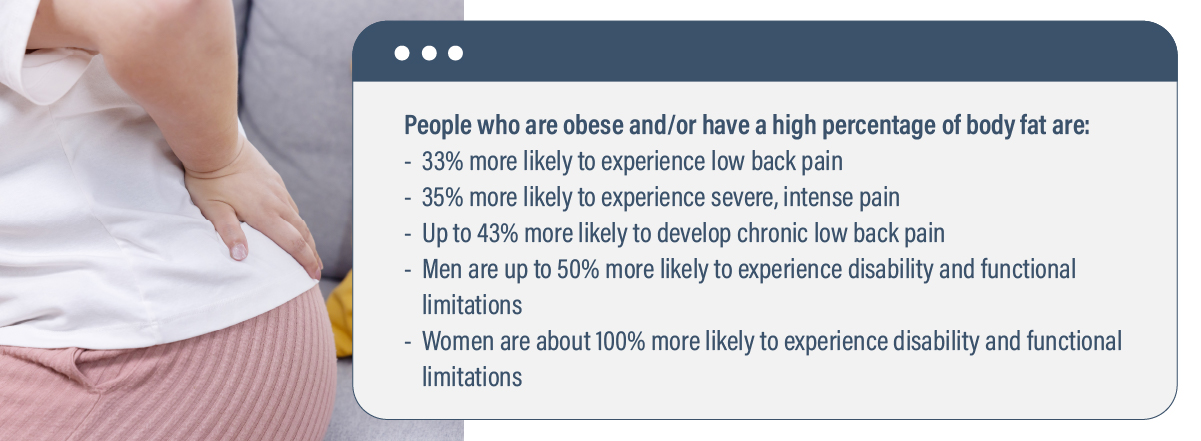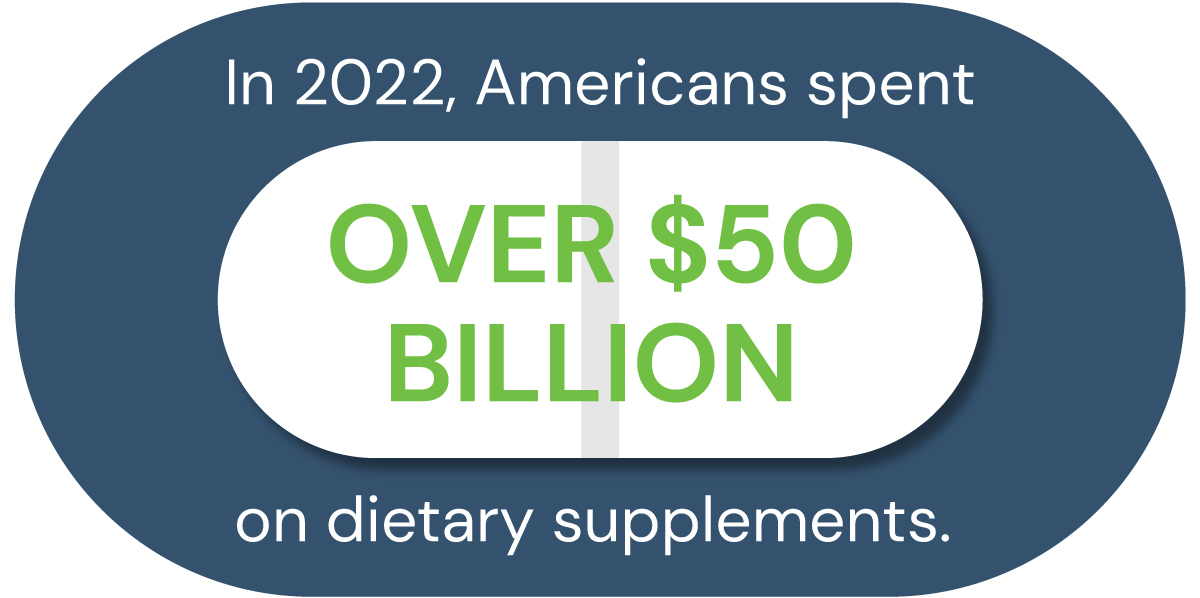The Benefits of Coryell Health’s Respite Care
Do your caregiving responsibilities leave you emotionally and physically drained on a regular basis? Do you worry about being away from your loved one in the case of an emergency?
The challenges of being a caregiver can take a toll on your physical, mental and emotional well-being. If you find yourself neglecting your needs, it might be time to explore respite care with Coryell Health.

1. Caregivers receive a much-deserved break.
Respite care with Coryell Health provides a break for caregivers, offering temporary relief from caregiving responsibilities and burnout. Whether it be for a couple days or a couple weeks, caregivers can take time off to run errands or go on vacation without worrying about leaving their loved one alone.
2. Respite care provides assistance in an emergency.
If you’re a primary caregiver for an elderly loved one, an unexpected event that requires you to step away can be stressful. Coryell Health’s respite care can be a simple solution when other obligations take you away from caregiving.
3. Residents receive personal attention from professional caregivers.
Respite care provides professional assistance with a personal touch to ensure your loved one’s well-being. Coryell Health’s program provides a variety of benefits for families, including medication management, fall prevention, meal preparation and memory care. You’ll never have to worry that your loved one won’t receive the care they need when you’re gone.
4. Respite care is one of the most flexible care options.
Although you do have to arrange timing with us slightly ahead of time, respite care with Coryell Health allows caregivers to take time off whenever they need to. Our flexibility makes it easy to schedule times that work for you and your loved one.

If you don’t take care of yourself, how are you supposed to care for your loved one? There is no need to feel guilty about taking a well-deserved break from caregiving now and then. With care available under the same roof and on the same campus as our hospital and clinics, respite care from Coryell Health provides your loved one with a highly trained staff ready to meet their needs in a safe and secure environment. Some residents enjoy it so much that they keep coming back to our respite care program after their first stay.
“We had a family who brought their loved one to stay with us several times when they went on vacation,” said Susie Keeney, CALA, CDP, Director of Assisted and Independent Living at The Oaks. “When it came time for their loved one to stay full-time, it was an easy transition because she already knew the staff and residents.”
Consider the benefits of respite care with Coryell Health. Call us at (254) 248-6293 to learn more about our respite care program and
discover the relief it can bring.
 Skip to content
Skip to content







